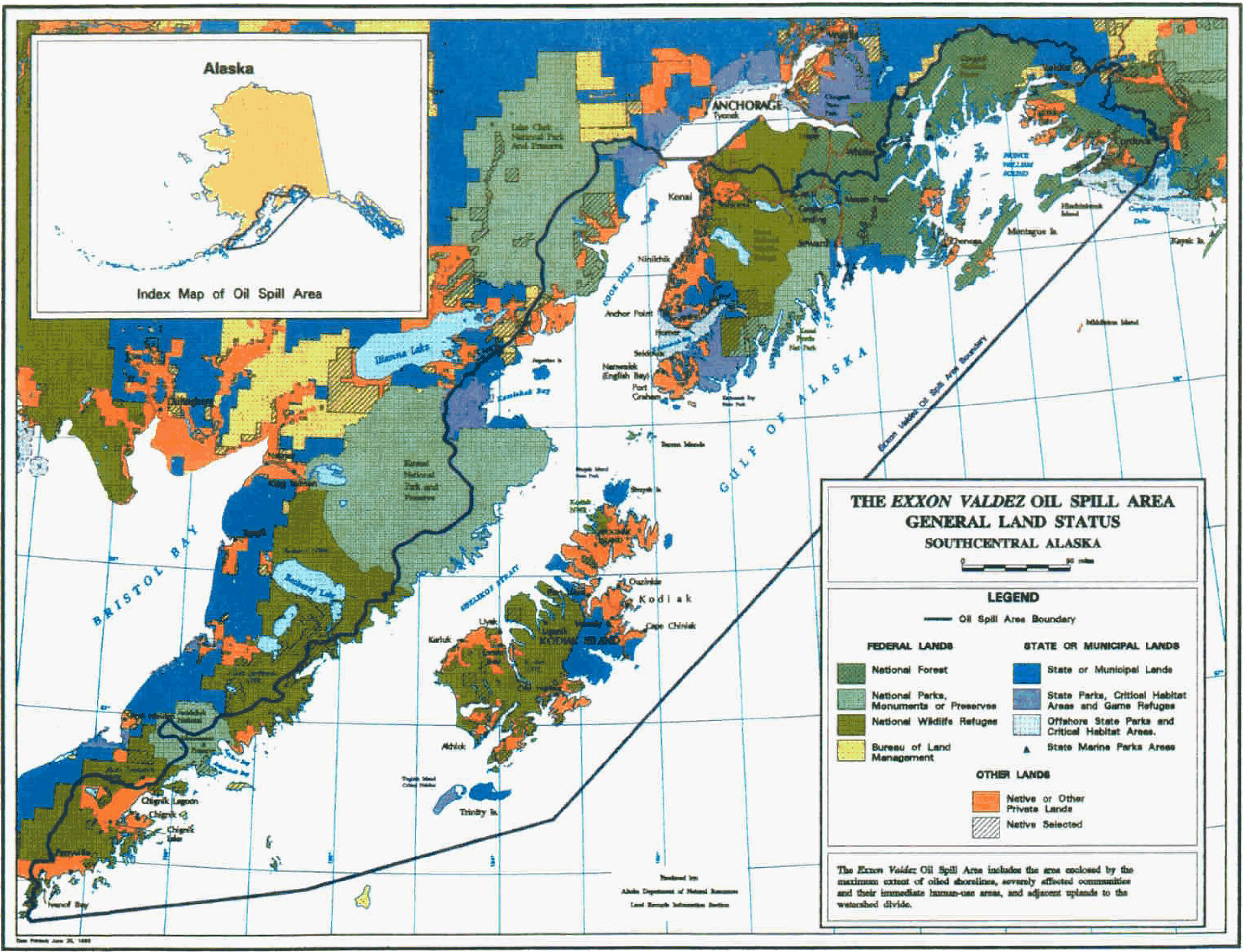We Won in this time-sensitive advocacy effort!
Your voice to protect critical habitat and lands was successful!
Here’s the overview:
The Exxon Valdez Oil Spill Trustee Council (EVOSTC) was formed to oversee restoration of the ecosystem devastated by the 1989 grounding of the Exxon Valdez oil tanker. EVOSTC oversees the use of the resulting $900 million civil settlement.
EVOSTC is currently considering an amendment to their 1994 Restoration Plan that will allow for restoration activities that are beyond the initially-identified spill area.
Here's where you come in:
The public comment period for the amendment ends on December 16, 2020 at 11:59 PM AST.
To Extend the Exxon Valdez oil spill restoration boundary line to include and protect the connected Copper River Delta / Prince William Sound ecosystems. Positive YES comments will extend the boundary line eastward and increase restoration and conservation protections into the ecologically critical Copper River Delta and include the Bering River Coalfields.
The Exxon Valdez Oil Spill Trustee Council states: "The available science has consistently pointed to a broader ecological footprint attributable to the spill than is represented by the currently defined spill area."
The Exxon Valdez Oil Spill Trustees need to hear from YOU now! Draft Resolution 20-D: Amendment of the 1994 Restoration Plan to incorporate an ecosystem approach to the oil spill boundary.
Additional documents:
- Click HERE to submit your public comment. (For ideas on what to say, check out this Google doc.)

Read Draft Resolution 20-D: Amendment of the 1994 Restoration Plan to incorporate an ecosystem approach to the oil spill boundary, was submitted by Alaska US Forest Service Chief EVOS Trustee David Schmid and approved unanimously by all six Trustees. Now, the Trustee Council is seeking public comment.
The Copper River Delta and associated Bering and Martin River watershed region is one of the most remote, unique and highly productive wetland areas on the planet. This ecological complex is adjacent to the enormous Bagley Icefield—the largest in the world outside Greenland and Antarctica—and the wetlands are essentially an island between ice, river, mountains and sea. The region hosts tens of thousands of acres of old growth rainforests of hemlock and spruce, and is critical habitat for wild salmon, millions of shorebirds, trumpeter swans and other waterfowl (thus designated a Western Hemisphere Shorebird Reserve Network Site of Hemispheric Importance), as well as eagles, brown and black bears, wolves, mountain goats, wolverines, moose, seals and orcas. The region contains one of the finest wild salmon runs left on earth, supporting remarkable subsistence and commercial fisheries, as well as tourism, hunting and scientific research. It is also an important cultural area for Alaska’s Eyak, Tlingit and Chugach Aleut tribes. Within this region are millions to possibly billions of tons of high quality bituminous and anthracite coal.